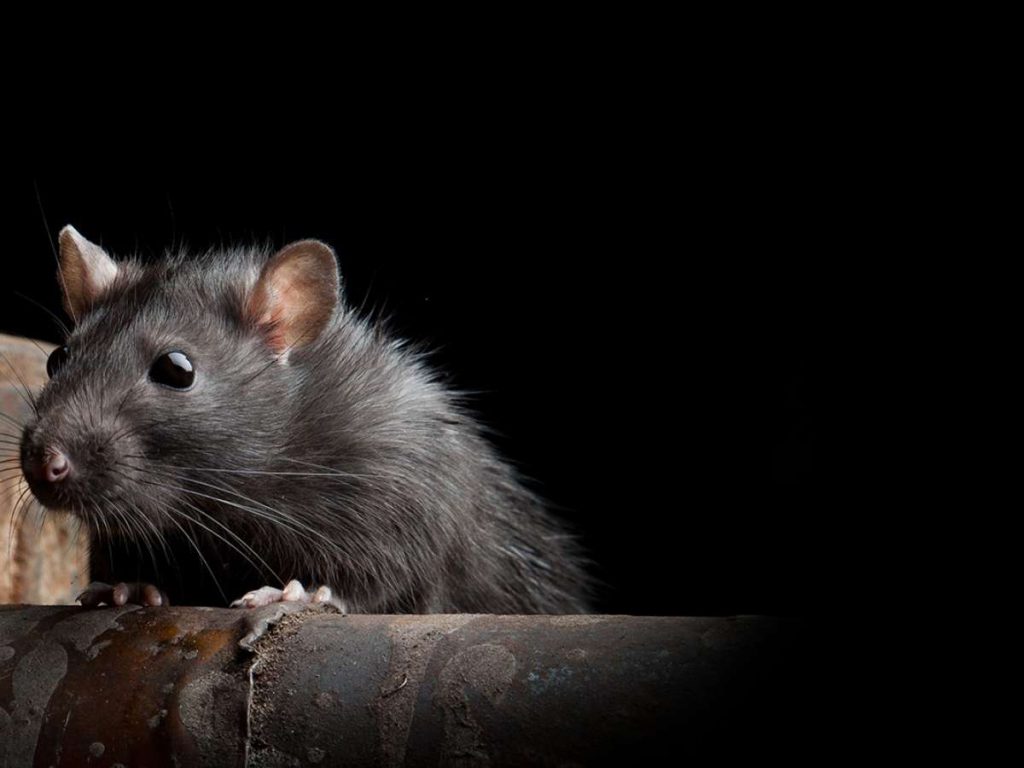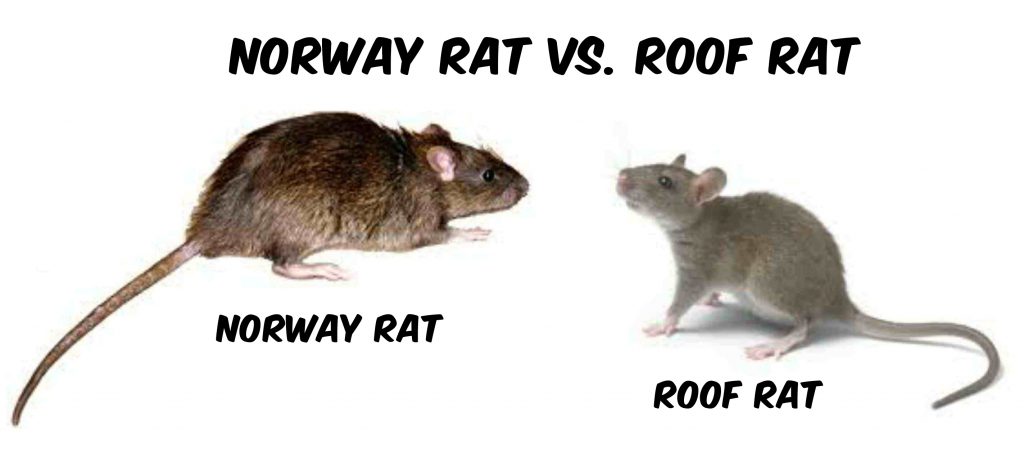Maybe you are hearing scratching noises in the attic at 2:00 A.M, or perhaps you see rodents on the fence line of your property heading your way, or the worst feeling is when you find chewed up items and droppings in the basement. All these signs of rodents are alarming, but the question is, how do you get rid of them?

You’ve got them–rats in the house–now what?
Rats are classified by two seperate species, Roof rats and Norway rats. Roof rats are smaller and lighter in color with longer tails. They are generalists but can be found on the ground accessing buildings through openings in siding and foundations, in trees gaining access through roof and window voids, and even power lines gaining access through flashing or chimneys. Norway rats are larger, darker and stay near the ground. They access some homes by burrowing under foundations or through voids in foundations and vents. They can climb but prefer the ground and generally stay near the nesting and food sites.

Rodents in general and rats specifically stay near buildings and covered areas. They use their sense of smell and whiskers to find their way in the world. Pheromones left by other rats are a constant invitation to spaces and areas rats have visited. Once established and they feel safe rats will explore but they are considered creatures of habit and are skittish of new things in their environment. What does this mean for you? Don’t just think you can throw a bunch of traps out with peanut butter on them and solve your problem!
So, what do you do?
- There are easy fixes to your problem. However, because the fixes are easy, they may not be effective the first time–but keep trying!
- Cut back vegetation that is touching the home. This is the easiest route to your roof so make sure there is no access.
- Exclude and fill any gaps in the foundation or base of the home, including exterior decks. This eliminates entry from the ground level.
- Fill burrows with crushed rock. This stops or slows entry from under the home and crawl space. If executed correctly the results will start immediately, but there is more work to do!
- Ok, so you stopped them from getting in, now what do you do with the ones trapped in your house? Remember when I said they are creatures of habit? Not any longer. Now is the time to put out your traps with peanut butter, bacon, or whatever you like. They are now scared, and the environment has changed; this is your opportunity to trap them. Trapping will now be more effective even if your exclusion measures were not a total success. You can also put bait stations outside to start bringing the population to a more manageable level. You do this now when they are not using your home as a site for refuge/harborage because you do not want the smell of a dead rat in your home and the expense of having a contractor remove it.
- While you may question the idea of monthly or quarterly maintenance visits, remember what I said about the pheromones. These do not go away quickly and years later you may still be visited by rats following the scent trail. There is also the problem of environmental conditions and population growth. Unchecked populations will rise and fall based on environmental factors. If the neighbors constantly leave garbage out, if you live close to a restaurant or apartment building, or even you have a rockery or ideal living conditions for rats, populations can rise. Remember there are three things needed for a population to grow. Water, food, and harborage. If all three exist rats will successfully breed and remain a nuisance.

